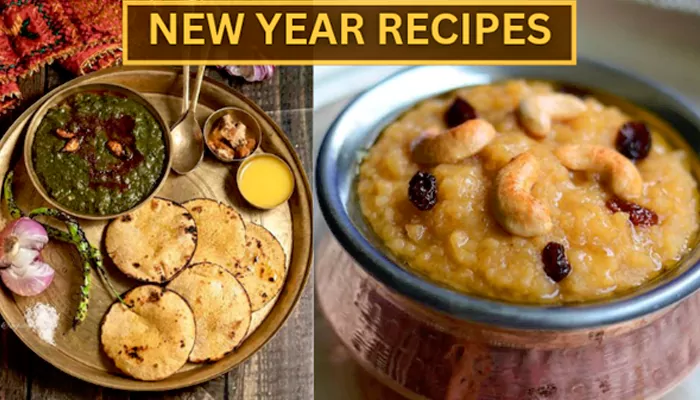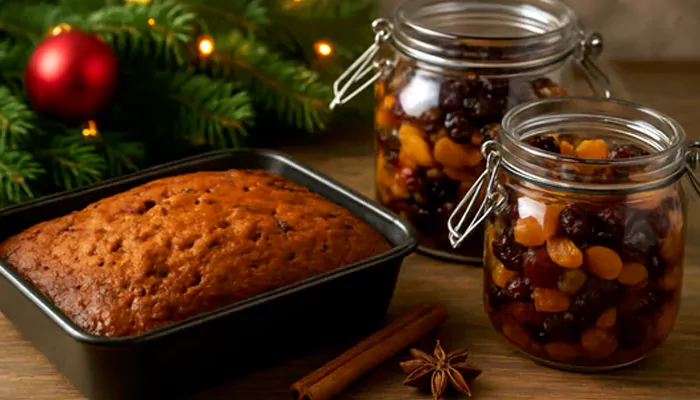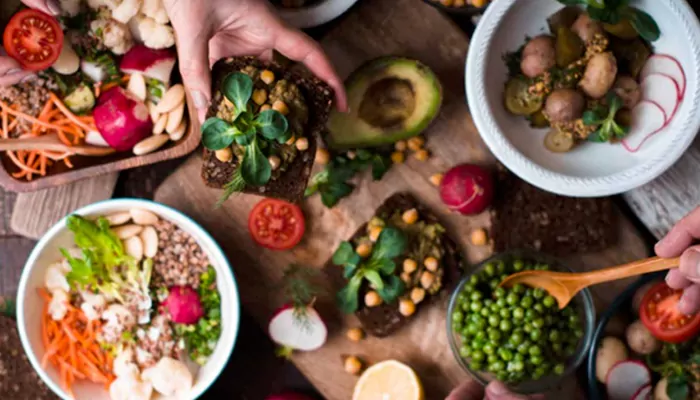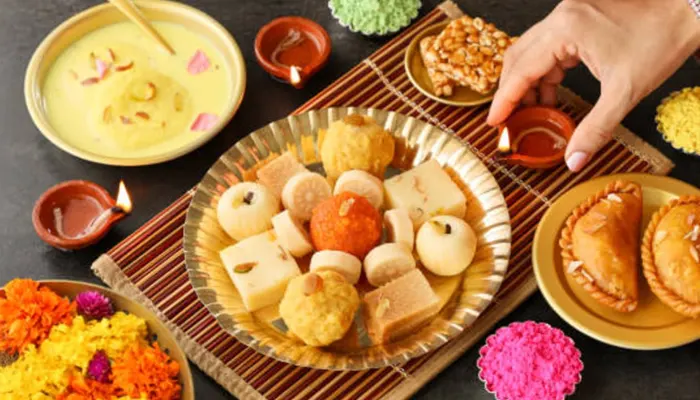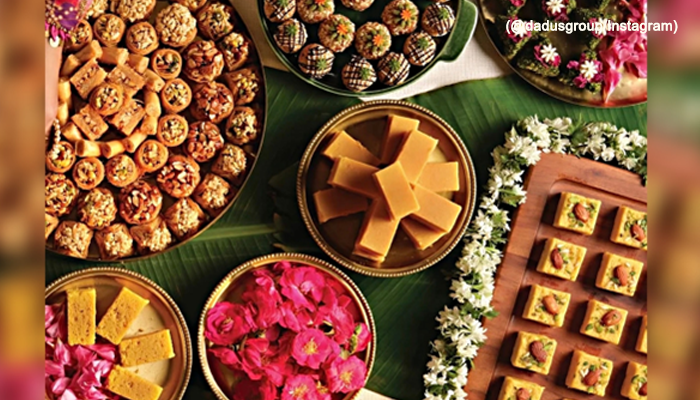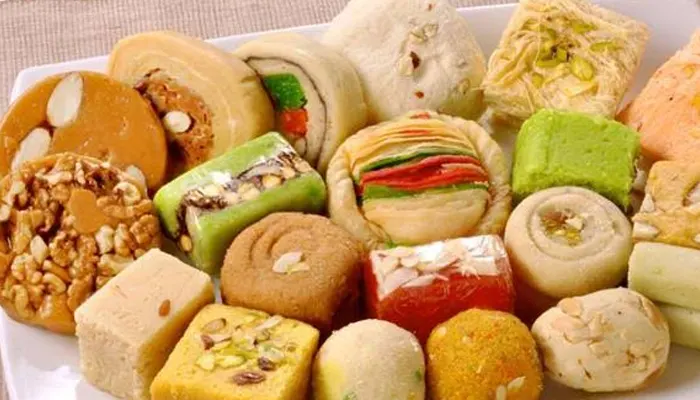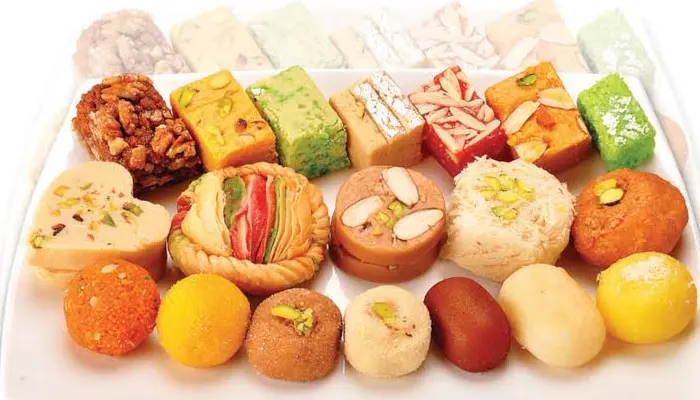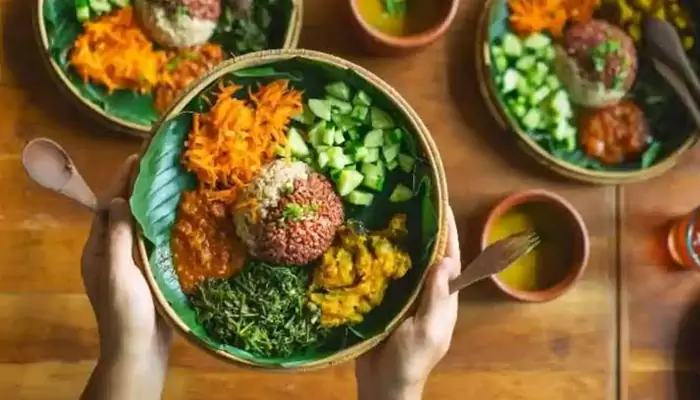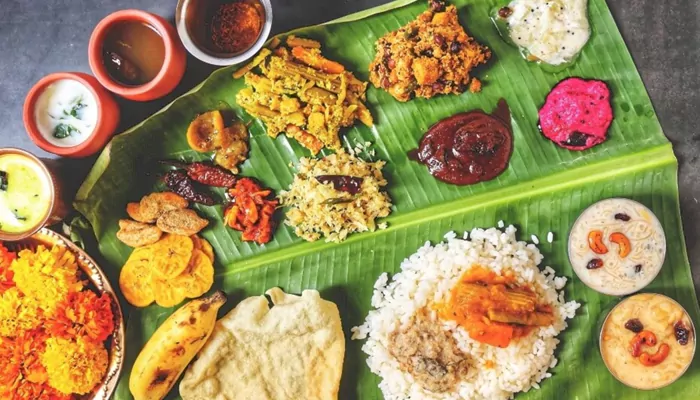Tea, te, cha, chai- how this beverage made it around the world - A brief history
- Sanjukta
- 1 year ago
- 4 minutes read

Found in East Asia, this beverage travelled fast and quickly became a global favourite
Tea, known by many names across the world, has a fascinating history that traces the spread of culture, trade, and tradition. The journey of tea is not just about the beverage but also about the words we use to name it. With its origins in the ancient tea-drinking regions, the word "tea" has transformed and traveled across continents, shaping and being shaped by the cultures it touched.
The Two Names for Tea: Cha and Tea
Interestingly, most languages around the world use either "cha" or "tea" to refer to this beloved drink. These names give us clues about how tea traveled through history.
The word "cha" traveled overland along the ancient trade routes like the Silk Road. As tea moved westward, it picked up different variations of "cha" in various languages. In Persian, it became "chay," which then spread to Urdu, Arabic ("shay"), and Russian ("chay"). In Africa, Swahili speakers call it "chai." This form of the word also reached Japan and Korea early on, where it is called "ocha" and "cha," respectively.
On the other hand, the word "tea" spread via sea routes. Coastal regions pronounced it as "te," a variation that the Dutch traders encountered. The Dutch, being major importers of tea to Europe in the 17th century, brought this pronunciation back with them. This led to "thé" in French, "Tee" in German, and "tea" in English. Interestingly, the Portuguese, who traded through a different region, adopted the pronunciation "chá," aligning with the overland route.
How Tea Spread Around the World
Trade played a big role in spreading tea. One of the earliest trade routes carried tea to the Middle East. This route was later called the ‘Southern Silk Road,’ where traders swapped tea for horses, traveling through challenging terrain to bring the prized leaves to new lands.
In the 17th century, explorers and traders from places like Portugal and the Netherlands encountered tea and were captivated. They brought it back to Europe, where it quickly became a sensation. Aristocrats in France and royalty in England couldn’t get enough of it. The British East India Company started importing tea on a massive scale, making it a daily staple in Britain.
In Britain, tea drinking became more than just a beverage; it was a cultural event. Afternoon tea, complete with fancy teapots and delicious snacks, became a beloved tradition. This love for tea spread wherever the British went, influencing tea cultures in many countries.
The love for tea also made its way to Japan early on. Buddhist monks brought tea seeds back from their travels, and the drink became highly valued for its ability to keep the mind calm during meditation. Tea ceremonies in Japan evolved into a beautiful art form, focusing on simplicity and mindfulness.
In the United States, tea also had a significant impact. One famous event, the Boston Tea Party, saw American colonists protesting high taxes by dumping tea into the harbor, a key moment leading up to the American Revolution.
Tea reached the Middle East via trade routes, where it found a warm welcome. Over time, unique regional varieties developed, infused with herbs, fruits, and spices. Tea houses became popular spots for socializing and relaxation, a tradition that continues today.
In the 19th century, the British sought to break the monopoly of the original tea producers by starting their own plantations in places like India. This led to the discovery of wild tea plants in regions like Assam, and soon, India became a major tea producer. Indian teas like Assam and Darjeeling gained worldwide fame for their distinct flavors.

